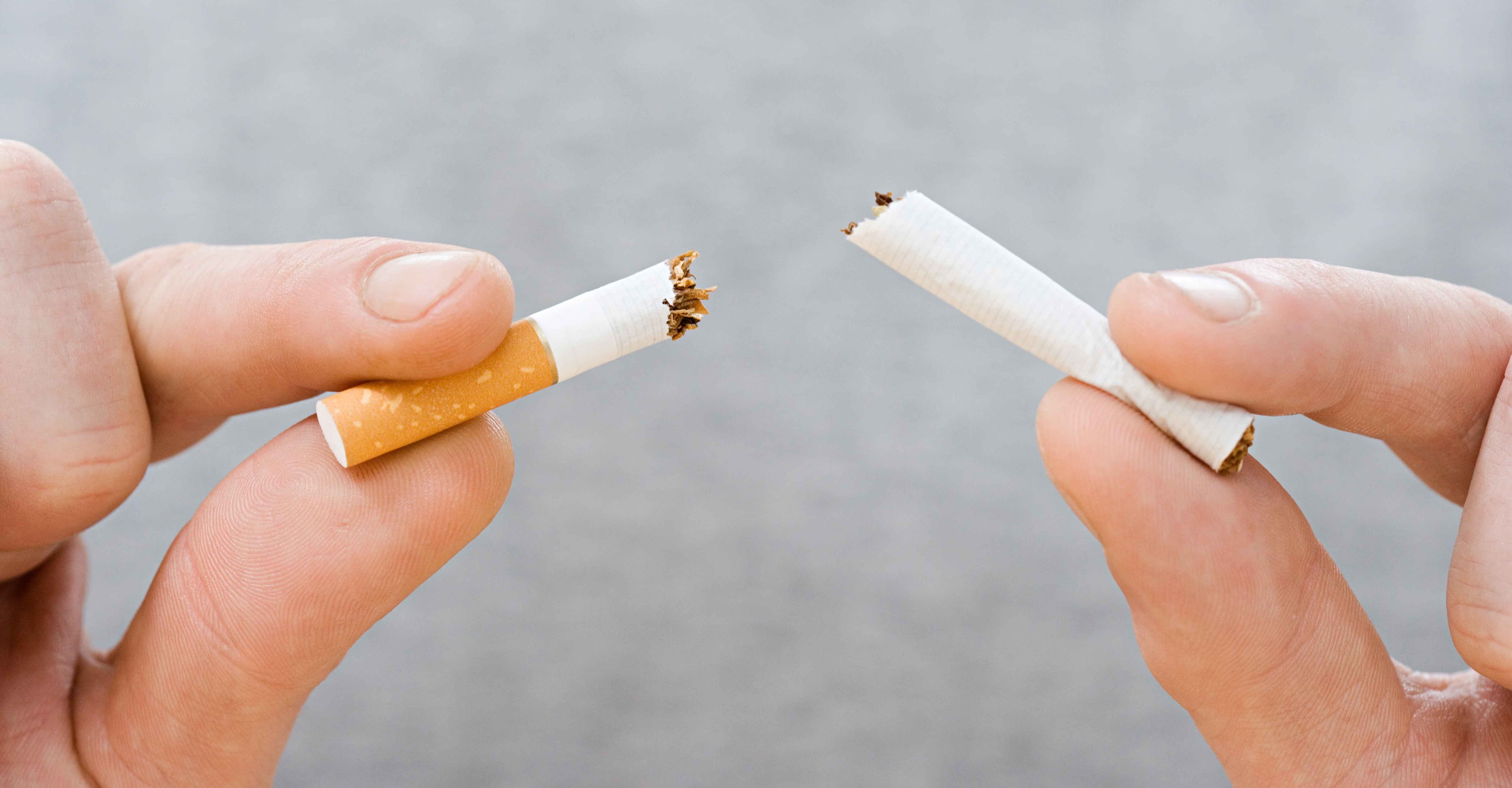Editor’s note: The name and specific patient details were changed for privacy.
Smoking is known to hinder wound healing, yet most wound care practitioners fail to document any smoking cessation discussion or education.
The daughter of Mrs. Bradley* was barely able to contain herself while giving her deposition. She was sobbing from a place deep in her heart as she retold the story of how her mother lost her leg partly due to the effects of smoking on the wound healing process.
Her mother started limping, and they realized she had an “opening” in the skin on the bottom of her foot.
Despite treatment, the wound grew in size and became infected. It soon became apparent that she was facing an amputation.
Patient’s death follows amputation surgery
The surgery was uneventful but unsuccessful because the stump would not heal, and it necessitated a second surgery.
Unfortunately, the second surgical site did not heal either, and Mrs. Bradley passed away less than a month after that second amputation. Then her daughter sued the healthcare team she trusted to take of her mom.
The deposition changed tone when the healthcare facility’s attorney brought up the fact that her mother smoked cigarettes continually. She did so despite warnings about the negative effects of smoking on the wound healing process.
The attorney theorized that perhaps the 15 daily cigarettes hindered the wound healing process. Maybe it had nothing to do with the quality of the wound care, but rather the patient’s own health habits.
Of course, we will never know because we do not have a time machine, and we cannot go back and see if she would heal under different circumstances.
So this case was settled for a dollar amount agreeable to both parties. While I was not privy to the settlement negotiations, I am sure the smoking issue played a role in the negotiations.
This case raises a valid question: How much responsibility do we have to encourage our wound care patients to stop smoking?
Effects of smoking on the wound healing process
While fewer people are smoking overall, smoking remains the leading preventable cause of disease and death in the United States. It kills more than 480,000 Americans each year.
For every person who dies this year from smoking, more than 30 Americans continue to live with a smoking-related disease, according to the Centers for Disease Control and Prevention.
For our patients with wounds, smoking causes blood vessels to become smaller. The smaller vessels have a hard time carrying oxygen, nutrients and healing factors to the wound. This can slow the wound healing process.
Carbon monoxide and nicotine pose a double threat to the body. Once inhaled, they:
- Increase heart rate
- Raise blood pressure
- Spike the body’s demand for oxygen
It does not take long to feel the effects. Just 10 seconds after inhaling smoke the brain is bathed in nicotine, while carbon monoxide hinders red blood cells from carrying adequate amounts of oxygen.
As if the oxygen depletion is not enough, your patient’s lungs cannot work to full capacity.
Smoking narrows the small airways of the lungs, making them more prone to collapse, as well as infection, chronic coughing and breathing complications down the road.
Smoking has been found to block immune responses, as well as increase production of free radicals, the main culprits in oxidative stress. This is damaging to every cell in your patient’s body, including skin cells, the active players in wound healing.
Document smoking cessation education
Quitting smoking is no easy task. Patients must want to quit, and only the patient can decide when.
You cannot force someone to quit, and scare tactics are not advisable. So, what can you do?
The first step is to begin a discussion with each patient who smokes and get a sense of the patient’s readiness to quit.
The link between smoking and lung diseases is well known. But your patient may not have considered the less obvious link between smoking and slow healing of chronic wounds unless you bring it up.
Educate your patient about the effects of smoking on the wound healing process. Document the discussion, so the medical record reflects that both you and the patient were aware of this concern.
Urge your patient to quit. As a healthcare professional, you can tell your patient that quitting smoking is the single most important thing he or she can do to protect his or her health.
If the patient is ready, set a quit date together.
Provide your patient with resources about the effects of smoking on the wound healing process. The web provides a multitude of items, including videos and tip sheets and posters that you can print and use. You also can recommend support groups.
Healthcare professionals are uniquely positioned to help smokers quit. If 100,000 healthcare providers were to help just 10% of their smoking patients quit, an estimated 3 million additional smokers would quit each year, according to JAMA.
Helpful smoking cessation resources
These websites can help you prepare for conversations about the effects of smoking on the wound healing process with your patients:
- Agency for Healthcare Research and Quality
- U.S. Department of Health and Human Services
- American Lung Association
- Centers for Disease Control and Prevention
Take our course on Skin and Wound Management.
What do you think?

